1. Define challenges
Ensuring urban refugees can access current and relevant information regarding their rights and services
Refugees arriving in a new place can face considerable challenges in adapting to a new life, a new culture and a new system. Many refugees move to urban locations in order to find safety or, out of necessity, to access employment, educational opportunities, and health services. Cities can provide very different service and assistance options for refugees when compared, for example, to a camp setting. In some situations, besides confronting the general problems of the local urban poor, they must also overcome unique issues related to access to information.
Specific services provided for refugees can be hindered by a lack of clear, coordinated communication efforts, and information can often be spread largely through informal sources. Such sources are sometimes not up to date, and take a while to respond to new, or updated information.
Urban refugees, as with other urban dwellers, can be more complicated to contact on a regular basis than, for example, people residing in a planned camp, or camp-like environment. Effective communication with all affected populations, including those residing in urban areas is an important area of focus for many responding agencies, including UNHCR.
2. Identify solutions
Using website technology to build an easy-to-use platform
In order to investigate possible solutions to this challenge, UNHCR leveraged its idea management platform, UNHCR Ideas, where refugees, staff, and partners crowdsource solutions to operational challenges. The Challenge focused on how to improve access to information and services for refugees living in urban areas. The winning idea, chosen by a Leadership Committee at the end of the Challenge, was a platform that would be called “help.unhcr.org”, a website designed to provide information and serve as a channel for communication for refugees and other persons of concern. The focus of the idea was to create a website to create a reliable source of information that allows members of displaced communities to find the services they need, irrespective of their location, that could be updated on a regular basis. This idea was not particularly groundbreaking, but UNHCR wanted to use human-centred design to develop this idea into something concrete.
The development of the HELP website has been based on an experimental process using a human-centered design methodology. This approach has been applied in order to power innovation through a direct understanding of what people want and need and thus deliver a project that truly meets user expectations.
Throughout the development process, consultations with refugees and members of displaced communities took place in order to identify vulnerabilities and gaps in the project, as well as capabilities for delivering solutions. User research, therefore, served a vital function in the development of the website structure, content, and design.
Focus groups with refugees and asylum seekers took place in Costa Rica and Brazil during a period of one month. From the feedback received, our team was able to decide on the initial layout and structure of the website. Further assessment with these communities allowed us to also make a decision on the content and the platform’s functionalities, based on the specific situation of each country.
Once content was finalized, we benefitted from the support of a group of 20 United Nations Online Volunteers, who had expressed interest and willingness to work on this project. For UNHCR Innovation, this short-term support allowed the office to not only carry out the translations in a timely manner, but also bring together a cohort of professionals interested in continuing this collaboration in the future.
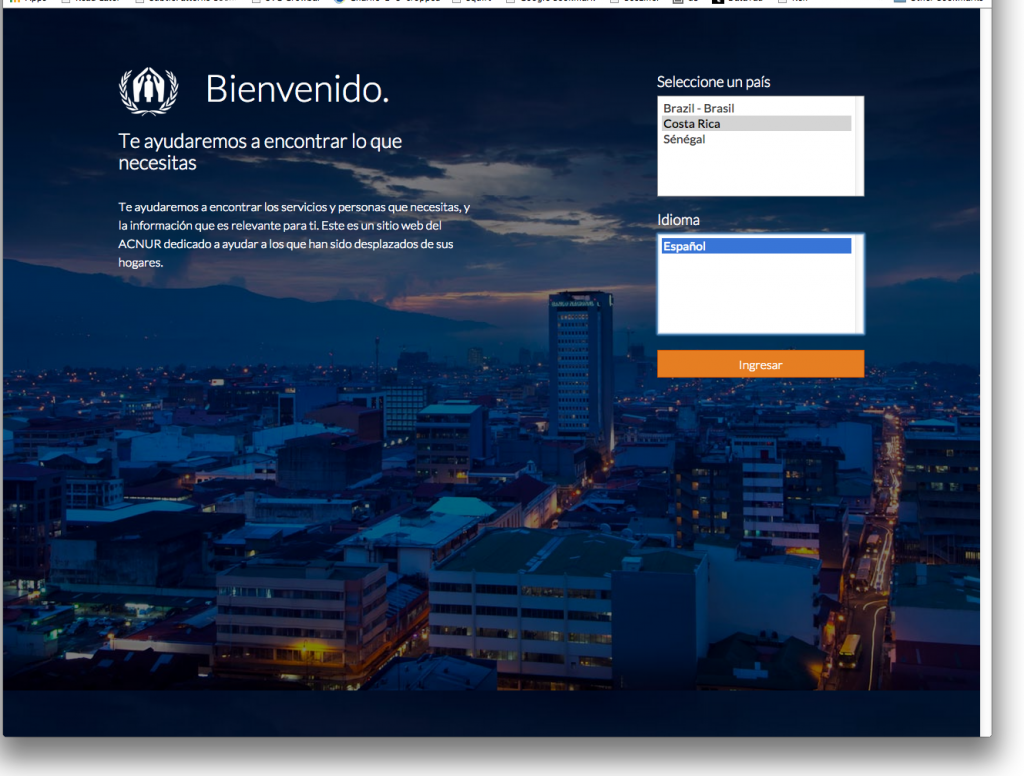
Early design for help.unhcr.org
3. Test solutions
Collaborating to launch a communications campaign
A beta website available in Spanish, English, and French was launched in Costa Rica in March 2015, containing information on available services, asylum claim procedures, rights and duties, and where to seek help. Over the next few months, UNHCR Innovation worked on updating the content on a regular basis, making sure the information provided was current and timely.
During July and August, a communications campaign spearheaded by Innovation Fellow Valentina Duque, was launched in San Jose, Costa Rica’s capital, to increase awareness about the website and in order to drive end users towards the prototype. Previous interviews and focus groups held with San Jose’s refugees had revealed people wanted more information on activities and opportunities, and had a high degree of technology literacy, so it made sense to coordinate the campaign with Ascend, a project that tested the viability of SMS to communicate effectively with refugees. The campaign allowed us to double website traffic in one month. At every point possible it was made clear that this was a prototype, and end-user feedback would be used to improve and iterate the design and development of this possible solution.
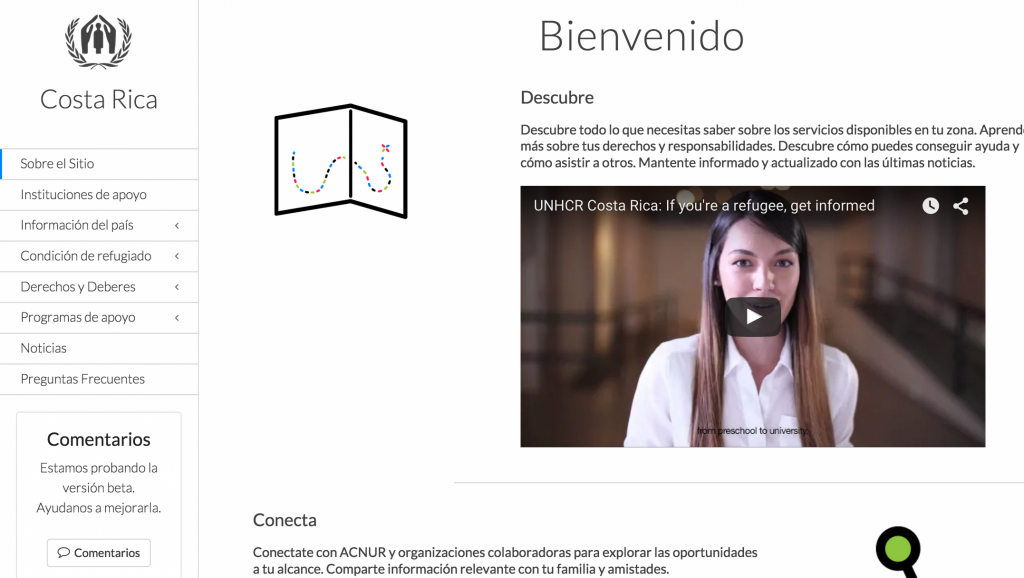
Based on feedback from focus groups with refugees, we opted for a simple, clean template.
4. Refine solutions
Optimizing for mobile use and feedback loops
In order to monitor the project’s effectiveness, we needed to understand how users were accessing the website, what information was the most useful to them, and how often they visited the platform. Our team used analytics software to gather data such as number of page views, percentage of returning users, and search terms that led visitors to the website. Based on this information, we were able to determine which sections were the most relevant, or could be improved. We also knew which pages, sections, and information was redundant and could be cut.
Analytics also revealed that over a third of visitors were accessing the platform through mobile devices, however the website’s design wasn’t optimized for mobile browsing. This could discourage users from accessing the content they are looking for. Making the website mobile-friendly therefore became a priority.
After a couple of months of monitoring analytics, we added new filters to refine our data; we learned that browsing patterns could differ significantly according to the users’ location and language. This meant that our content had to be relevant and accessible to a diverse audience, and will likely impact the way help.unhcr.org will be replicated in other countries.
Our team also noticed some significant problems with our communication mechanisms. The website was meant to facilitate communication between UNHCR and refugees, but the “Feedback” section, through which users were supposed to send comments and suggestions for improvements, wasn’t working due to a technical glitch. Fixing this problem will be essential to ensuring continuous dialogue with our end-users.
We are now planning on holding focus groups to get more specific feedback from users, and better understand how to increase the impact of the website. Among ideas currently explored as future enhancements is to refine the “Contact” section by giving users the possibility to sign up for email updates, so that they can be kept informed of any update made to the website’s content.
Effectiveness will be continuously monitored to make sure the website continues to meet users’ needs.
5. Scale solutions
Incorporating help.unhcr.org into a broader outreach strategy
After this fine-tuning and troubleshooting process, we will be able to launch a fully functional version of the Costa Rica website, which will be advertised through promotional materials provided by UNHCR and its implementing partner in the Costa Rica, ACAI. UNHCR Costa Rica has plans to formally include help.unhcr.org into a broader operation outreach strategy with the Outreach team.
The Costa Rica website might then serve as an example that other countries could adapt or replicate. UNHCR operations in Brazil have expressed interest in running their own version of the platform, and our Online Volunteers have already begun translating the content. We’re hoping to develop a prototype for Brazil by the end of the year. We are also assessing the feasibility of running the platform in Senegal and Malaysia. This process will involve adapting the content to services available locally, but also to user behavior, location and preferences.






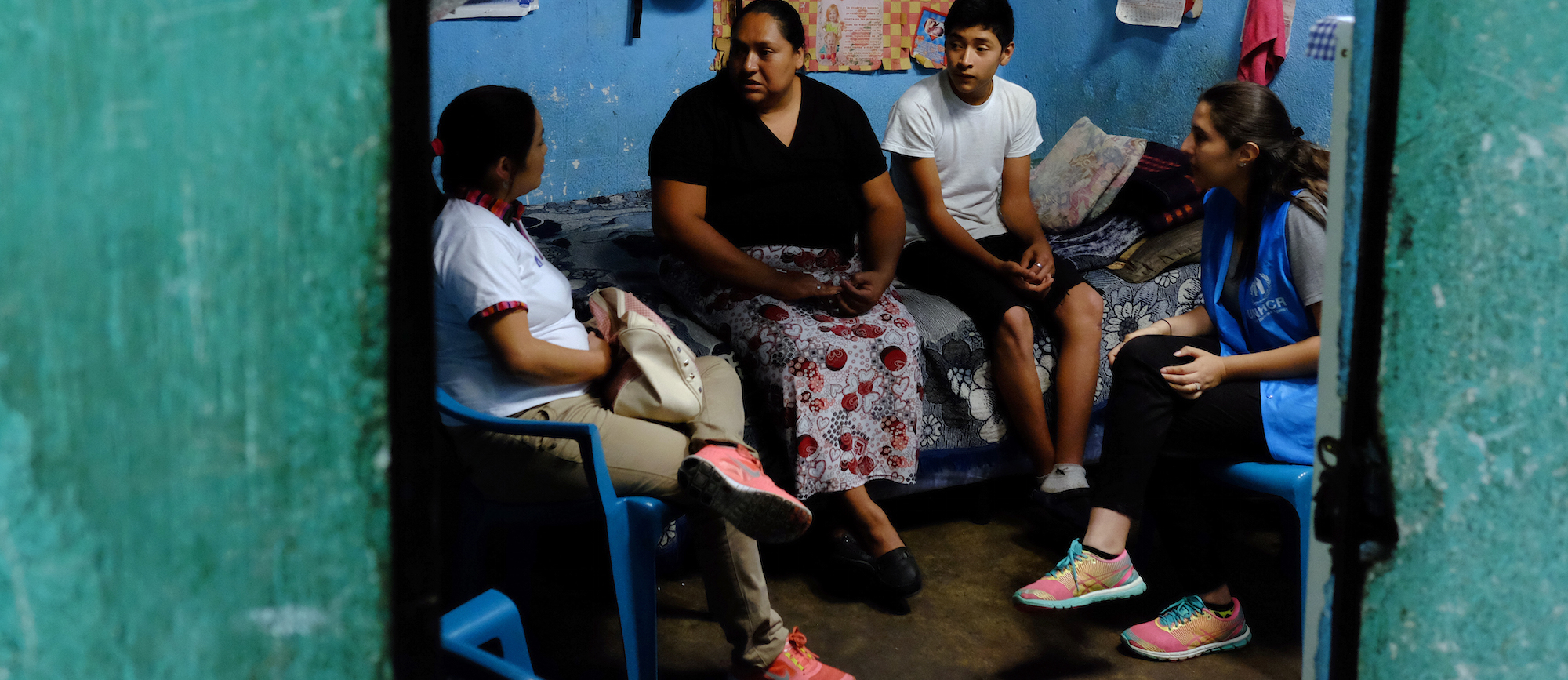
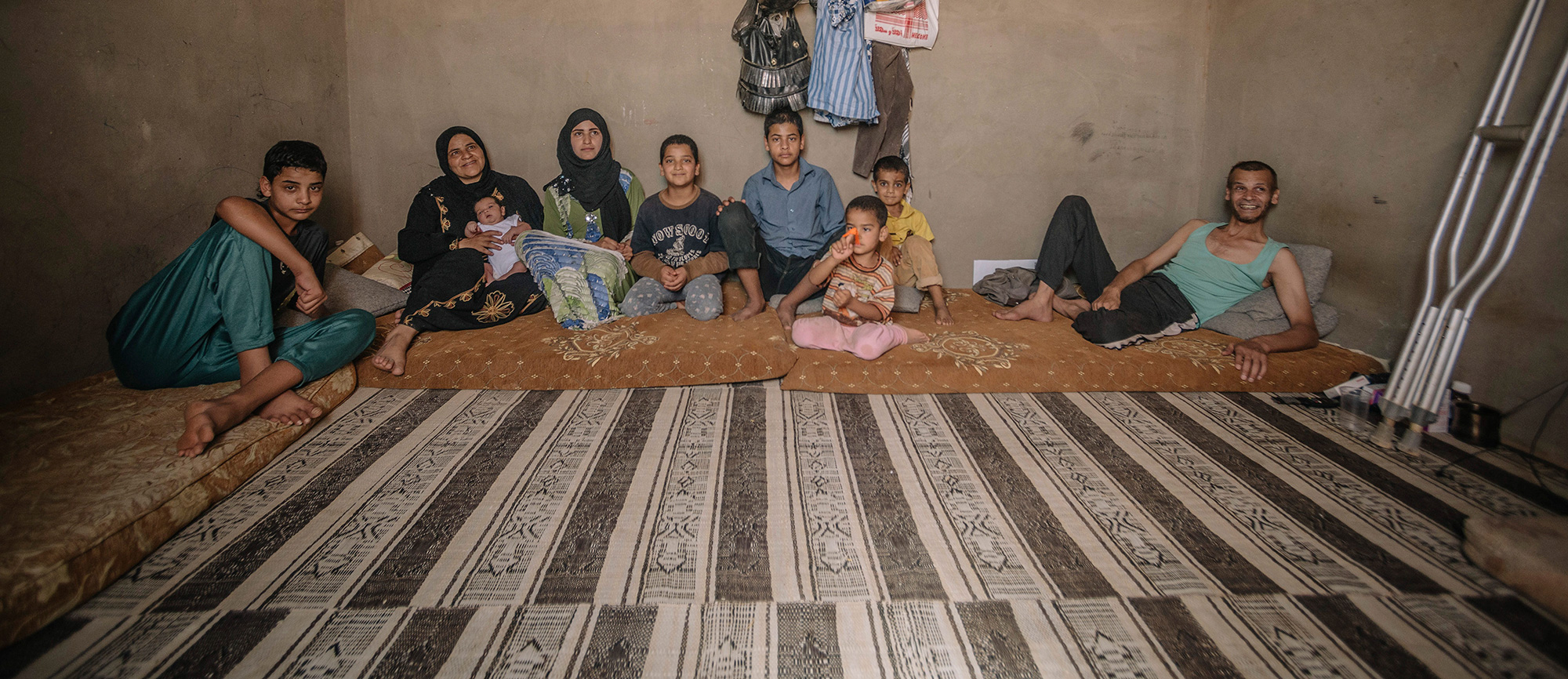
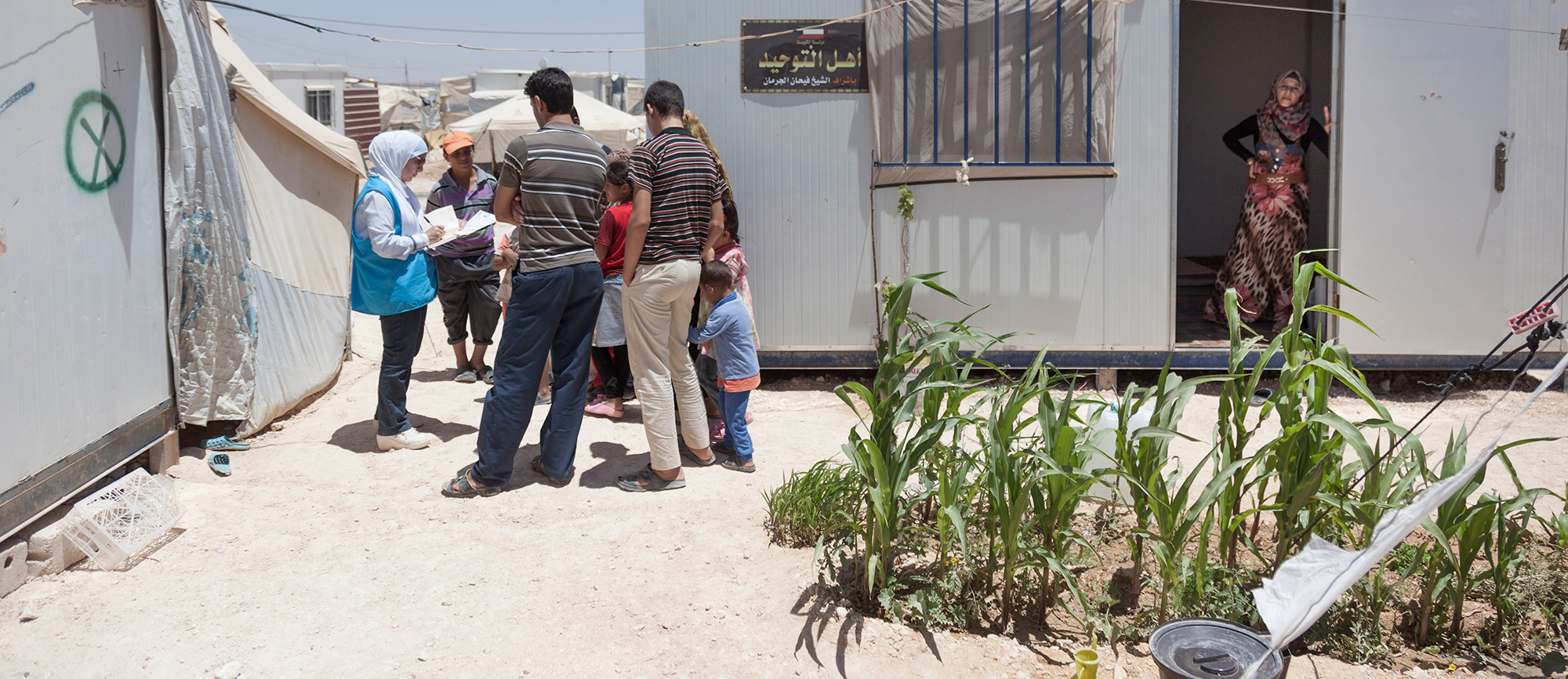

Pingback: Cities are no panacea – But they must be part of the solution | URBAN REFUGEES DEBATE()